Some weeks ago I posted an image of myself on my personal Instagram with a caption about how I was working on fixing my diastasis recti and I was inundated with messages. There were so many questions from ‘what is diastasis recti?’ to ‘how do I know if I have it?’ and ‘what on earth can I do to fix it?’ It seems like quite a slow process to fix the problem but it’s so important to take your time. The exercises involved seem so small but they really do make such a big difference. I got put in touch with Lucy Allen, a Pelvic Health Specialist and Physiotherapist so I could give you the most accurate information possible to help you through pregnancy and postnatal tummy muscle separation.
Diastasis Recti
When I was asked if I would write about diastasis recti for Rock My Style; helping women better understand and manage their post baby tummy symptoms, I was interested to see what information was already out there. After a few hours sat with the laptop, enjoying the fact that London is now hotter than Miami (where’s the pool view?!) I came across little factually correct information. It’s amazing that over half a million babies were born across England and Wales in the last year, with the majority of women suffering a degree of diastasis recti, yet it is still not widely known about or treated appropriately. My hope is that this blog provides some of the answers to your questions and helps you in the journey back to being you!
What is Diastasis Recti?
Diastasis recti or DRAM/abdominal separation/Mummy Tummy is the widening or stretching of the gap between the right and left parts of the rectus abdominis or six pack muscles. The split occurs at the linea alba, the connective midline where all of the abdominal muscles meet. This can cause less support for your back and organs, giving the pronounced tummy/coning or doming and back pain in some women. 100% of women have a degree of diastasis recti in the third trimester (Diane Lee 2013), after all, your body has grown a baby the size of butternut squash (29 weeks) to a small pumpkin (40 weeks)!
For some women the separation improves over the first 12 weeks but it can take a little bit more time depending on your own body and delivery. Recent research suggests that without the appropriate treatment the separation can remain unchanged from eight weeks postnatal to one year (Coldron et al 2008, Liaw et al 2011). Because the abdominal cavity has many muscles that connect to it, especially your transversus abdominus (deep core) and the pelvic floor muscles, a diastasis recti can also lead to pelvic floor problems such as urinary leakage and vaginal prolapse. These symptoms can be made worse if you return to high impact exercise too soon such as running, high intensity classes and weight lifting. It is always a good idea if you aren’t sure whether your body is ready to return to exercise to see a Pelvic Health Physiotherapist for a post-natal check up. For many women the return to high impact exercises begins at six months post-natal.
How Can You Check For Diastasis Recti?
There are lots of videos online to demonstrate how to check for a separation and it’s something quick and easy you can do yourself. It is not routinely checked at your six week postnatal appointment with your GP but if you have any concerns then ask for a quick check and they can refer you on to a Pelvic Health Physiotherapist for further assessment.
• Lie on your back with your knees bent and feet flat on the floor or bed
• Relax your head and shoulders and place your fingers with the palm up towards you just above your belly button
• Press down gently but firmly with your fingertips
• Slowly bring your shoulders slightly off the floor
• You will feel the abdominal muscles close in or tighten around your fingers as you lift your head
• Don’t lift your shoulders up too high or hold the position
• You want to feel for the edges of the abdominal muscles. You may need to use more than two fingers to do this.
The gap is measured in finger widths with 1-1.5 width gap or less to be expected. If it is bigger don’t worry, that is what the exercises and advice are aimed at helping! I would recommend the MUTU system website who have a great video of how to check your abdominals.
Can You Prevent Diastasis Recti During Pregnancy?
Sadly, abdominal separation is part of your body adapting for your growing baby so although you can’t prevent it you can certainly help minimise the effect. You will generally see a doming of the tummy when going to get out of bed or lifting something up. These signs usually occur in the third trimester during your pregnancy but may occur sooner in further pregnancies. The key things to make sure you exercise are your pelvic floor and deep abdominal muscles throughout pregnancy. I am a big fan of antenatal exercise in general because it keeps you active and physically conditioned for being able to adapt to the increasing load of the baby. It can also help prevent symptoms of pelvic girdle pain (PGP or SPD). Pilates is a common form of exercise that many women enjoy, my only bugbear with this is that it doesn’t take the place of you doing regular pelvic floor exercises.
My 5 starting exercises for Diastasis Recti (Ante and Post Natal)
Remember that it is not all about the gap! You want the abdominal muscles and core system to be working well together so that they can support your pelvis and spine in all the work it does on a day to day basis.
1. Posture
A good posture is crucial for allowing your deep core system to work optimally. When sitting down try to make sure that your back is supported and your pelvic is tipped slightly forwards to your weight is through your sitting bones. Try not to slouch! When standing you want to ensure that you don’t let the lower back arch excessively which it may want to do as your centre of gravity shifts forwards with bump. Remember ribs over hips!
2. Pelvic Floor Exercises
Your pelvic floor muscles run from your tailbone underneath to your pubic bone at the front a bit like a sling. It is one muscle that works both back and front at the same time to help control your bladder and bowels. My favourite technique is the ‘Back-Front-Lift’. Whilst sitting or lying down (any position) tighten the back passage as if to stop passing wind, at the same time imaging stopping the flow of urine and it all moving in an up and forward direction. Hold for as long as you can, no more than 12 seconds then fully relax. Try to repeat these ten times, three times a day. You can also add in quick ‘snaps’ for ten repetitions three times a day too.
Useful tips – make sure you don’t hold your breath, overuse your tummy and bum cheek muscles or raise your eyebrows! Remember your pelvic floor is inside you therefore no one should be able to tell you are working it.
3. Transversus Abdominis
This is part of your deep core system. It runs under bump and can be a contributing factor to a low sitting bump during pregnancy if it isn’t working optimally. Lie down on a mat or in bed with knees bent and feet flat on the floor. Take a relaxed breath in, allowing your tummy to gently relax outwards (diaphragmatic breathing) then as you breathe out, gently draw your belly button down towards your spine. Be careful not to use your whole tummy in this movement. You should feel the muscle just inside (quite deep) your pelvic bones at the front of your pelvis tighten in a small movement. Try and hold this for 5-10 second and repeat 10-12 times. If you find lying down too uncomfortable you can always try this exercise on your hands and knees on the bed.
4. Pelvic Tilts
Stand up against a wall, with your feet away from the wall so that some of your body weight is supported by the wall. You may feel a gap between your lower back and the wall itself. Try tilting your pelvis so you flatten your lower back against the wall in a gentle movement. Try not to use your whole tummy or push too firmly. Hold for 5-10 seconds and repeat 8-10 times.
5. Deep Core Progression (Post-natal)
Lying down with your knees bent and feet flat on the floor. Take a relaxed breath in and on the breath out, engage your transversus abdominis and gently bring one knee up to 90 degrees then slowly return it back down. Repeat this 8-10 times on each side.
Six Daily Lifestyle Tricks To Help Diastasis Recti
There are a few helpful tricks that can prevent a diastasis worsening and aid the recovery process.
1. Getting in/out of bed
Make sure you use the right technique for getting out of bed. Try not to throw yourself up! The best way is to roll on to your side, drop your legs off the bed and use your arm to push yourself up. Make sure you keep breathing along the way. If you are struggling to stop any doming, support your tummy with your hand during the movement.
2. Picking things up
Whether it be your toddler, the car seat or a kettle bell try to make sure than you bend down through the knees rather than from your back in a split squat position. Breath out and engage your pelvic floor gently as you lift then relax at the end of the movement. Again, use your hand to support your tummy if you need.
3. Good posture
I mentioned this above in my starting exercises – same rules apply.
4. General exercise
When to start exercising after delivery is very much dependant on you, the type of delivery you had and how you are feeling. It is advisable that you listen to your body and try not to feel pressured in returning to your pre baby exercise routine too soon. The exercises above can be started in the first few days post-delivery and performed within the comfort of your own home. Generally, after 6-8 weeks you may feel ready to start exercising, with post-natal specific classes being the best option to start with. You want to gradually increase your exercises levels and if you encounter any problems with how your lower back, tummy or down below then it’s a good idea to have a check up with a Pelvic Health Physiotherapist. Personal trainers with a speciality in post-natal rehabilitation can also be very helpful either in a 1:1 or group-based exercise setting; just ensure that you feel comfortable with the exercises provided and if not then it’s probably because they are not quite right for your body at that time. Speak up don’t try and carry on regardless!
5. Abdominal belts/splints/taping
Abdominal support comes in many forms! If your diastasis is small you don’t need to be thinking about using these, however if you are finding that with day to day tasks you are feeling that you lack that support around your middle then these can be helpful short term. Some of the favourite supports from my clients are the JoJo Mama Bèbè support pants and leggings with the inbuilt tummy support. I also use abdominal taping for bigger separations to help take the constant stretch of the tissues and encourage better recruitment.
6. Nutrition
It is important to have a nutrient dense diet and plenty of water to aid your body’s recovery. Your meals should be high in protein, complex carbs, high quality fats (try not to avoid ready meals/processed foods) and plenty of roughage. Avoiding constipation can really help to reduce bloating but also to prevent the need to strain emptying the bowels.
Remember that your post-natal journey is very specific to you. It is difficult in today’s society not to compare your progress or body to those around you, especially on social media but we don’t all recover at the same speed. There are so many factors that can affect this, some which are totally out of our control! If you have tried all the above advice and a few months down the line you still have concerns about your tummy then please seek the advice of a Pelvic Health Physiotherapist through the NHS or privately. We can help provide you with a tailored approach to your recovery and liaise with personal trainers to help you get the most out of your exercise programme whilst ensuring pelvic floor and tummy health. Our aim is to help rehabilitate your abdominal muscles to allow for optimal function and performance long term, the size of the gap is not always the key issue.
Thanks so much to Lucy for clarification and for all the great tips. Lucy is happy to answer any questions you might have below so fire away. You can also follow her on Instagram at @bitsandbobsphysiotherapy. You can also read about Charlotte’s journey with diastsis recti here.


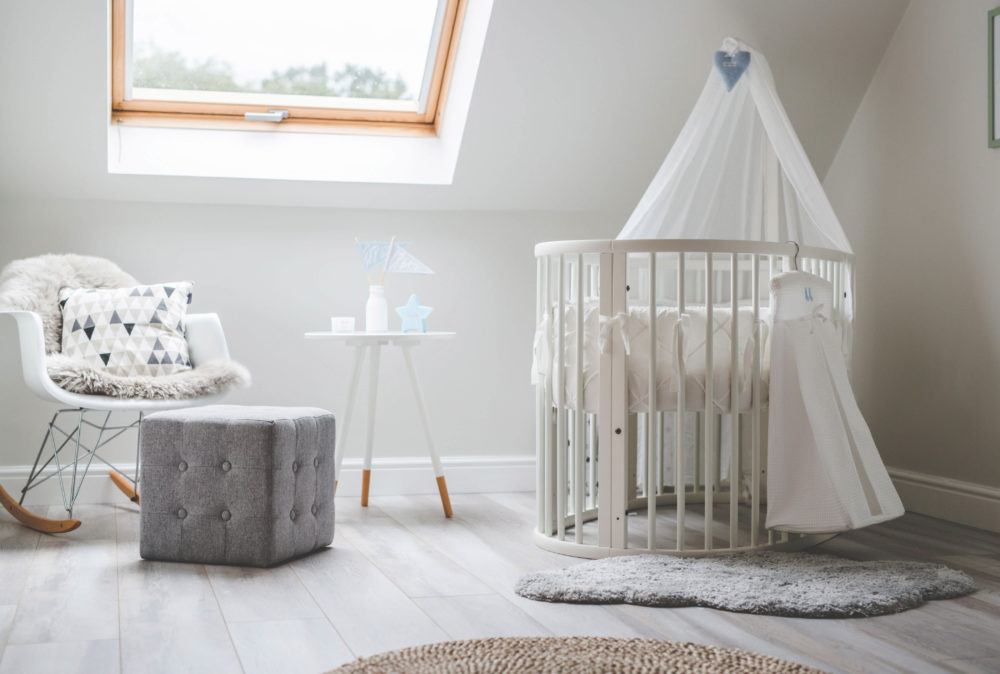
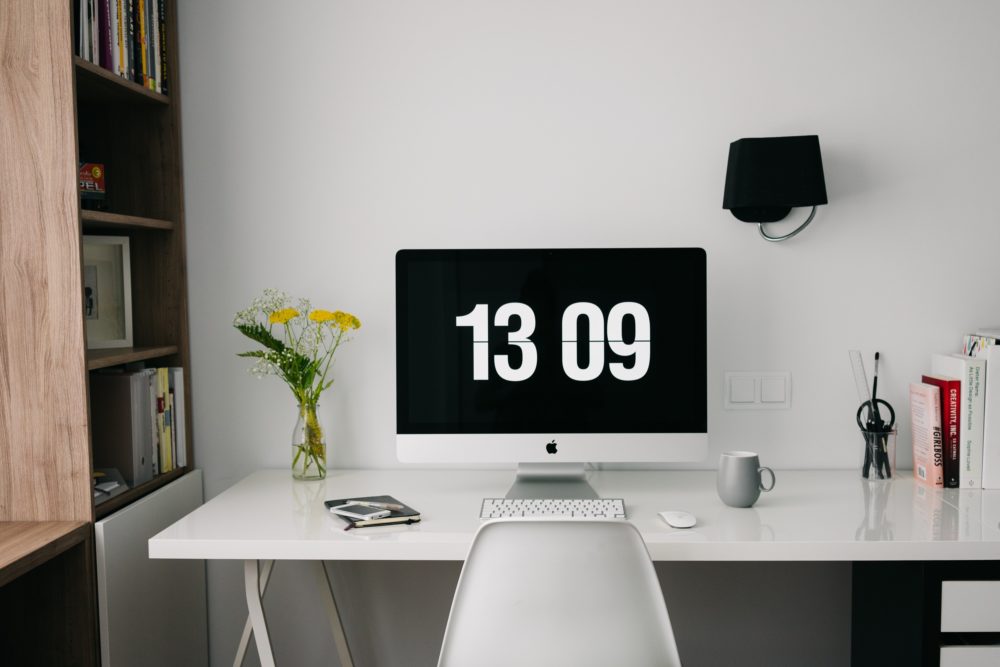
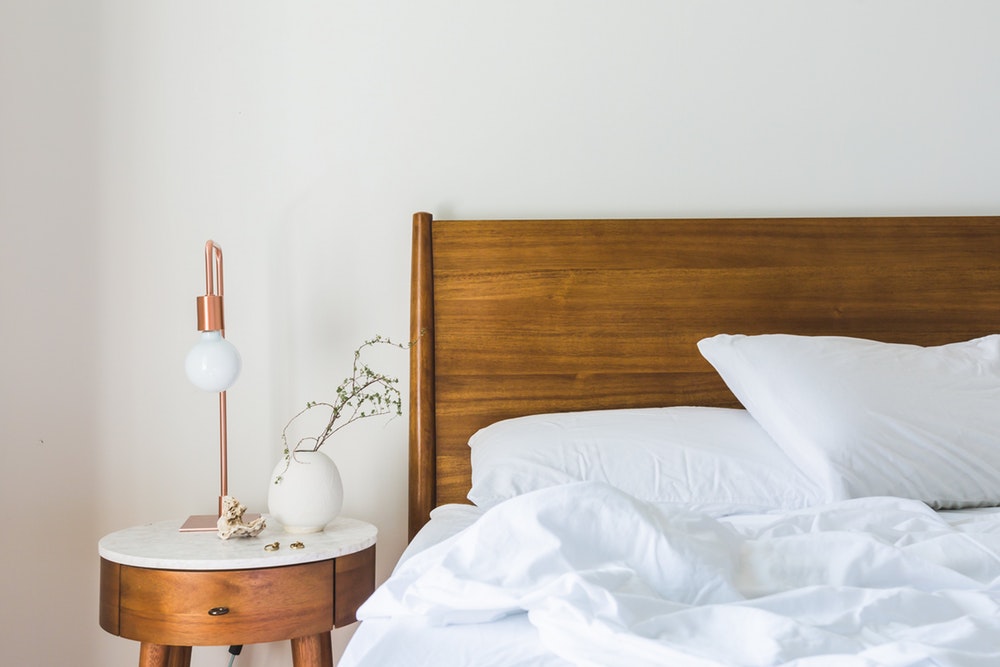

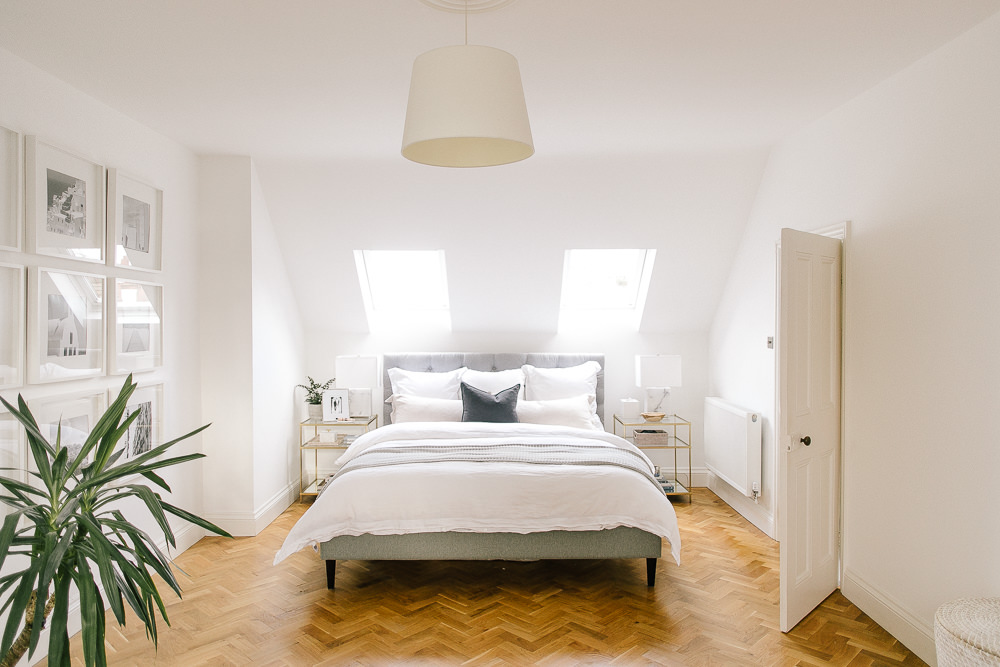

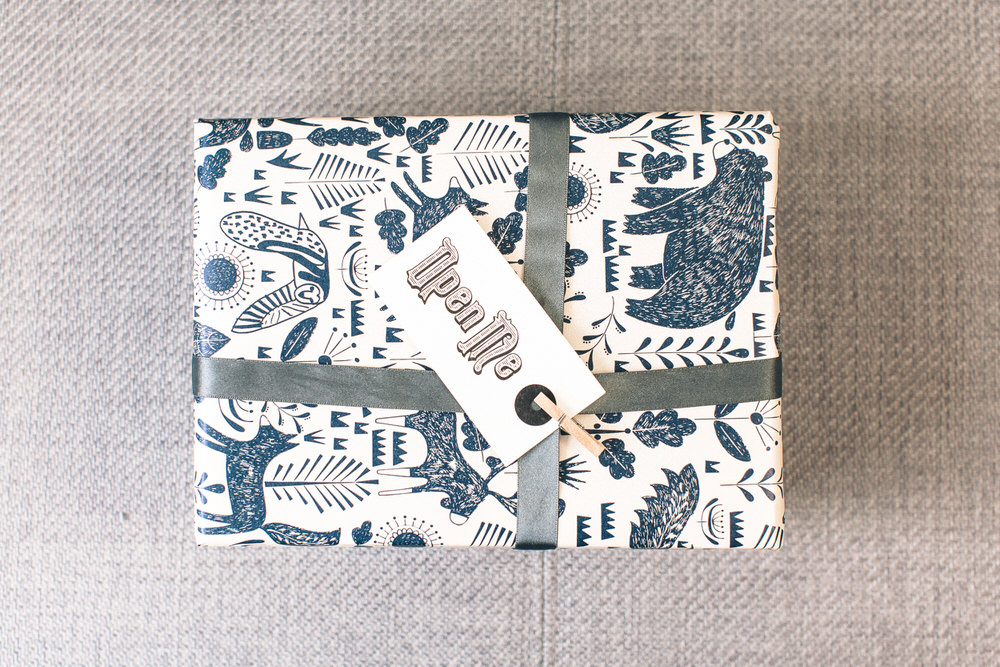
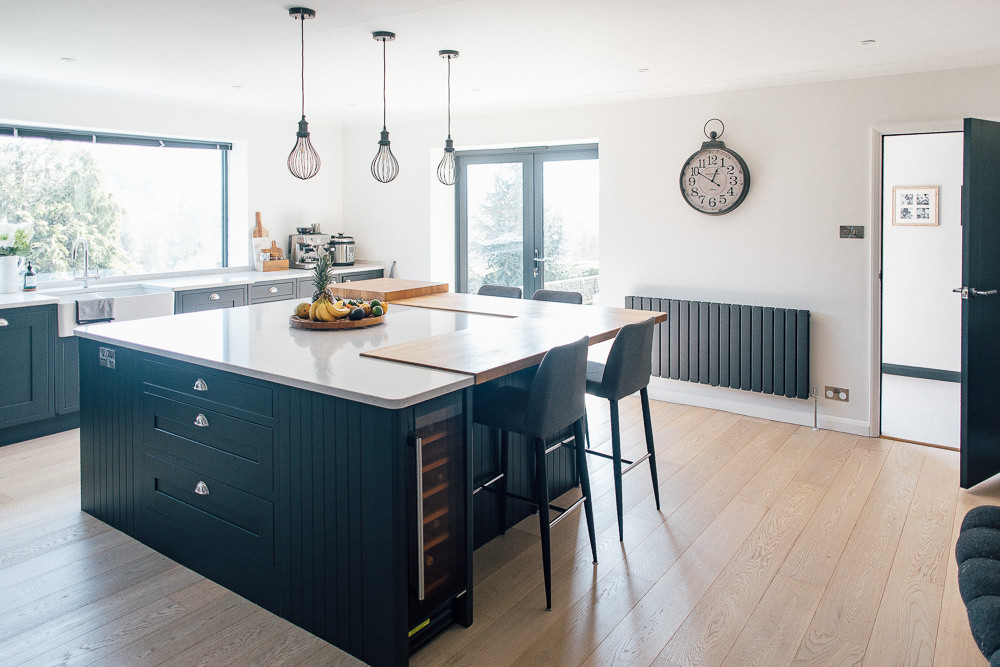

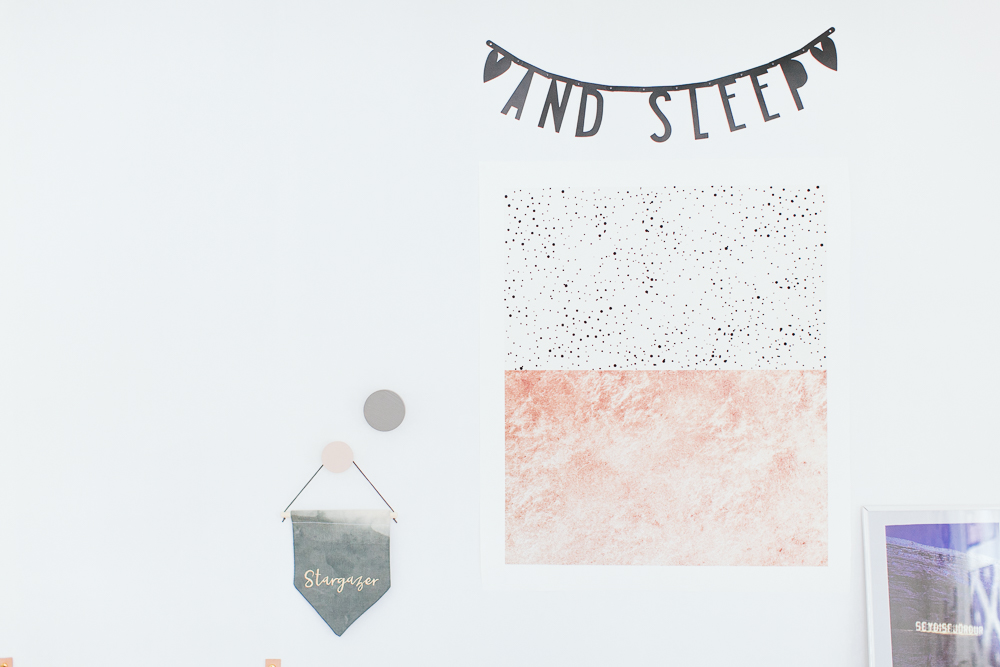
Thank you for raising awareness about this issue. I’ve suffered bad diastasis after two pregnancies (4-5cm gap at its worse) and have an umbilical hernia. I’ve managed to reduce the gap to around 3cm with time and physio but as the hernia needs fixing surgically anyway I have come to the decision with my surgeon to also have my diastasis fixed surgically at the same time. Am looking forward to recovering and finally moving on with my life in terms of exercising again. Charlotte didn’t you also have this surgery??
Such a helpful article, I wish I could have read this 2 years ago! I ended up with excruciating back pain because I started exercising after when my little boy was 6 months, and didn’t even know about diastis recti. My osteopath told me I had a gap, but even then I still didn’t know what to do, I should have seen a physio really. I did some gentle exercises that I found online, as well as pilates every week, and now a year later I have a less than 1 finger gap. My 2 boys both weighed 10lb so it’s not surprising they wrecked my stomach really!
I teach classical Pilates and this can really help. However, please do let your instructor know if you have or suspect you have as there are some movements that are contraindicated e.g. flexion – of which there is a lot in Pilates.
This is the first description of DR that I think is actually accurate! Having checked mine using YouTube videos and following unqualified people on Instagram describing how to check, I thought I was ok as my gap is only 1-2 fingers. So on with HIIT exercises I went. But I knew something wasn’t right so annoyingly stopped until I had confirmation. Went to the GP who said I needed surgery (eye roll! Never trust GP’s with this stuff ladies!) and also said it was fine to exercise…WRONG! Knowing this was incorrect, I recently went to a women’s physio at 10 months postpartum to get a proper check over. My god it was the best £85 I’ve ever spent. I was so shocked to discover that I don’t just have it, but also have front and back prolapse. It’s important to highlight it isn’t ‘just’ the width of gap as everyone focuses on, but the DEPTH too – mine is really deep and so not supporting the core. I also have an umbilical hernia (from pregnancy) & epigastic hernia (I’ve had since born) so was at risk of making these much worse, have leaks (I don’t currently have issues with this so thought I was ok! But if you have any ‘pull’ down there when you jump or run..get it checked!). I have been doing my pelvic floor exercises totally wrong for a year now and actually making it worse. Hopefully now on the road to finally fixing it – but honestly…if it any doubt, just get it checked properly by someone who knows what they’re talking about!
I really think all women should get assessed by a physio postpartum or at least a trained GP. I went to see a physio about 3 months pp as I was still experiencing pelvic griddle pain. I was told 12 weeks pp are still quite early but I walked away with knowing how to do my pelvic floor exercises properly – I thought I knew already but turns out I was wrong. Did you know you can actually feel the mussels engage if you press down on your lower belly next to your pelvic bones? My separation above the belly button has fortunately always been quite small but my belly button itself feels like a crater (maybe a bit dramatic but definitely over 2 finger gap) – is that how it’s supposed to be? I don’t think I ever checked before being pregnant. I think I’ll be taking myself back to the physio anyway as I still get bouts of PGP and one of my hips still doesn’t feel right. Lucy, you haven’t got any physiotherapist friends in West London, do you?
White Hart Clinic in Barnes is incredible for women’s physio
Thanks Nicky. I’ll check them out.
Hi Kat
I work in Harrow and Wimbledon Village if you wanted to pop in! Where is close for you and I can give you the details for other great pelvic health Physio’s around the area?
Thanks for replying Lucy. Harrow is pretty close for me. I’ll look at getting booked in.
Hi Kat you can always email me bitsandbobsphysiotherapy@gmail.com for appointments, Lucy
Hi Becky & Lucy
I must admit I only know about DRAM from Charlottes experience years ago but I was surprised when a midwife told me while still in the delivery room that I had a 2 inch gap. She told me it would go back naturally in a year.
At my Six week check I asked the doctor to check again and discussed the very bad back pain I was suffering still – I didn’t realise the two were connected and have been referred to a physio. So far positive …. but my 3 mum pals who all gave birth in the same hospital have not been checked or advised … so they don’t know. I don’t understand why it isn’t part of post natal care as I imagine there are 1000s of women who don’t know and are possibly making it worse with exercise. I’m keen to close my gap ASAP as I love to paddleboard and this uses the core a lot. My baby was also on the large side at 9lb 2.5oz!
The NHS does have a great pelvic floor reminder app called Squeezy which I’d recommend!
It is normal to have a gap if your midwife checks you straight after delivery, for many hospitals it is routine practice to pick up on any large gaps that need immediate referral. There are many hospitals that have physiotherapy departments who take referrals from the maternity wards to see ladies with DRAM post natal or run DRAM classes but it is a bit of a post code lottery for those. Any women’s health physio department would see women with DRAM it is just frustrating that you have to fight for that referral in many areas via the GP but your midwife (hospital or community) should be able to refer too. You will get back on the paddle board!!
This is such an informative post. I have had 3 babies and my 3rd being 9lb 7 5 months ago. I was back running after 6 weeks and doing sitting ups not knowing that this was causing more damage. I hadn’t even heard of diastasis recti until a few weeks ago. I agree there should be more advice and support given to post natal mothers on this. The internet is a big place and it is difficult to know what advice is correct and what is making your issue worse. I would love to seek out a specialist to help me with this. Great post!!
Great article thank you. I had an 11lb baby and it was never even mentioned to me that this could be a possibility. I was never checked and I only found out about this from google when I my tummy stayed in a dome shape-prior to pregnancy I had a very flat tummy and strong muscles. I am paying to see a physio and have been religiously going the exercise for 6 weeks now with no noticeable difference. Starting to feel very disheartened and wondering if I will ever get my body back
It is great that you are seeing a physio for this and please don’t be disheartened as it is a long process strengthening up any muscle. You may not start to see a difference until 12 weeks of regular exercise and I usually give a 6 month time frame in terms of whether the rehab is working for my clients. Keep going with it!
Hi – this is a great post! I had twins 3 years ago and had a pretty huge 4/5cm gap. Again, like others, I wasn’t checked and had to self diagnose. I went to see a women’s health physio who was really good, did pilates which was great and also did the Mutu system. All of these have made me feel stronger but to be honest my gap hasn’t really improved at all and is still 4 figures or so, 3 years later (thanks kids!!!). I guess my questions are – however hard I try now, is my gap ever likely to get any better? Am guessing I am so far pp now the answer is no! Also, have you got any experience of the repair surgery? It sounds like a pretty big op and just wondered if you’d come across anyone who’d had it. Thanks!
Hi Lisa, it is never too late post natal to work on reducing the gap, I see some ladies who have been 10years post! I have had ladies who have the op and for those with a very large gap causing some herniation it is effective and would only be done if you have completed your family. My advice would be to see a Physio for a further assessment to check that you don’t have a hernia and what the abdominal muscle quality is like incase your technique needs adjusting with exercise. It’s such an individual thing! Please feel free to email me bitsandbobsphysiotherapy@gmail.com if you want to chat more about it!